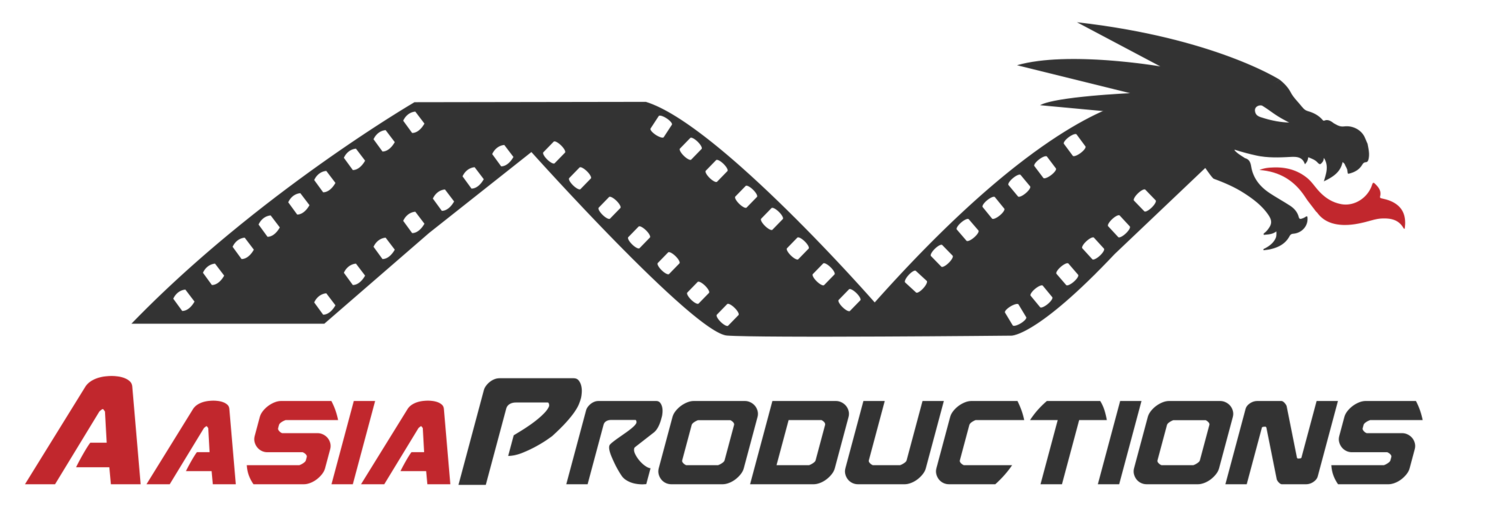IATSE – DGA – SAG-AFTRA Covid 19 Guidelines
IATSE, together with SAG-AFTRA and DGA and health officials, submitted the following guidelines for the reopening of film, tv and video productions while minimizing the risk of spreading COVID-19.
Alliance of Motion Picture and Television Producers (SAG-AFTRA, IATSE, DGA and other unions in production) created Industry-Wide Labor-Management Safety Committee Task Force (the “Task Force”) to create guidelines for the restarting motion picture, television, and streaming productions in an environment that minimizes the risk of contracting or spreading COVID-19.
Taskforce worked together with other global and local unions, producers, and health experts and created the guideline based on CDC and OSHA’s guidelines and with input from industry participants.
Guiding principles underlying these recommendations are:
The health and safety of the general public and all cast and crew is the highest priority. Re-opening the industry and returning to Guiding Principles work are also significant and important priorities.
All state, local, and federal (CDC) public health guidelines will be followed.
To the extent possible, physical distancing shall be maintained. When physical distancing is impracticable, other risk mitigating measures shall be taken as described below.
Regular, periodic testing of cast and crew for COVID-19 is critical for a safe return to work.
Universal symptom monitoring, including temperature screening, may be used to further mitigate risk.
Appropriate and adequate PPE will be provided to cast and crew by the employer as necessary. Disposable masks will be replaced each day and reusable masks will be cleaned each day.
Medical expertise must always guide decision making with respect to testing, contact tracing, symptom screening and similar protocols that raise medical questions.
Infection prevention measures will be developed and applied, including physical distancing at all times when possible, enhanced sanitation (high-touch wipedown, disinfection of equipment), and hand hygiene (increased access to hand washing stations, alcohol-based hand sanitizer).
One or more autonomous COVID-19 Compliance Officer(s) with specialized training, responsibility and authority for COVID-19 safety compliance and enforcement will be in the workplace to address issues as they arise.
Thorough training on principles of infection prevention, PPE, physical distancing and signs/symptoms of COVID-19 will be provided to all, with role-specific additional training as needed.
The judgment of Department Heads and their crews, in collaboration with Unit Production Managers (UPMs) and Assistant Directors (ADs), will be considered when structural and logistical changes are made to accommodate the new working practices.
Adequate staffing and space for physical distancing is essential for an effective health and safety plan.
Resuming production during this time may be highly stressful and cause anxiety. The implementation of mental health resources to support the wellness of those participating in a production may be necessary. Options could include:
Emotional support hotline
Telemedical health and behavioral health resources
Mindfulness training; and
Provision of online tools and resources.
Paid leave policies shall be flexible and non-punitive to allow sick and quarantined employees to stay away from co-workers and the general public. These paid leave policies will be implemented to encourage compliance with infection prevention guidelines.
The National Institute for Occupational Safety and Health’s (NIOSH) Hierarchy of Control will guide approaches to mitigate risk:
Systems will be employed to assess health/wellness of all personnel prior to entry onto set.
Engineering and administrative controls will be developed and emphasized whenever feasible.
When engineering and administrative controls are not feasible, personal protective equipment (PPE) will be used.
Cast and crew are encouraged to report problems, ask questions and suggest solutions to enhance the safety and productivity of the workspaces.
The CDC advises that those over age 65 and those with co-morbidities consult with their healthcare providers regarding the risks of COVID-19.
Given the dynamic and evolving nature of the COVID-19 pandemic, these interim guidelines will likely need to be modified and adapted as circumstances change.
Note: Numerous different job roles are involved in the industry, including pre- and post-production staff, cast, craftspersons, laborers, and many others. To avoid confusion, the term “cast and crew” is used throughout to refer to any/all individuals who are involved in the production process.
Note on nomenclature: to maintain consistency with public health and medical guidelines, COVID-19 refers to the name of the clinical syndrome caused by the virus referred to as SARS-CoV-2.
This white paper has suggestions and guidelines for reopening process, infection control, physical distancing, and training.
It also addressed some Unique Production Specific Concerns in a separate section.
